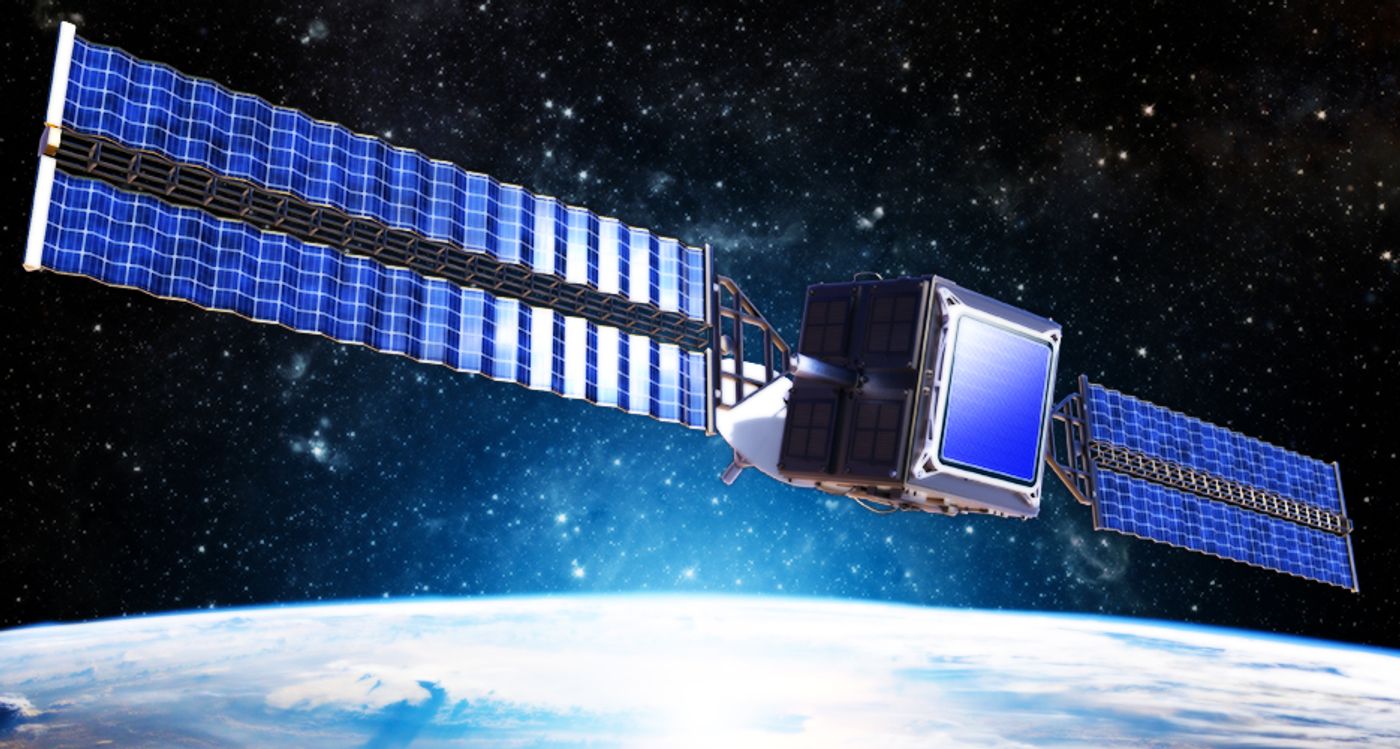Lockheed Martin's SPIDER Optics Could Revolutionize Telescopes
Lockheed Martin is developing a new technology they're calling the Segmented Planar Imaging Detector for Electro-Optical Reconnaissance (SPIDER), which has the potential to revolutionize optics in a wide variety of applications. These include telescopes used in space observation and unmanned aerial vehicles, among other things.
Image Credit: Lockheed Martin
SPIDER has been under development for some time with the help of funding from the Defence Advanced Research Projects Agency (DARPA), and it could enable bulky and cumbersome optical equipment to be shrunken down by as much as 90%.
It strays away from the typical set of lenses and mirrors that modern cylindrical telescopes are comprised of and instead utilizes an array of smaller lenses that gather to form a flat surface. The lack of precisely-positioned mirrors means this technology would be far more durable for space travel than conventional imaging methods.
SPIDER relies on the concept of interferometry to work. An array of camera lenses, much like those on the back of your smartphone, feed data to a plethora of sensors dubbed photonic integrated circuits (PIC) that are wired together on the same silicon chip. A computer then combines all the information from each of the lenses in the array together, creating a complete high-resolution image.
Lockheed Martin surprises even further by maintaining the same high-resolution imagery with SPIDER that modern imaging technologies, ten to one-hundred times larger, also achieve.
In testing, Lockheed Martin demonstrated SPIDER’s effectiveness at capturing bird's-eye views of bar patterns and train yards, and the results did not disappoint:
Image Credit: Lockheed Martin
Related: The James Webb Space Telescope is undergoing temperature testing right now
If space probes can utilize SPIDER in the future, their consequently reduced footprint in weight and size could reduce rocket fuel consumption during space delivery and enable commercial companies to cram more things into a single rocket launch at once. Ultimately, these benefits could add up to cost savings for anyone booking space flights.
Lockheed Martin's SPIDER technology wouldn't just be helpful in space; it could even be used right here on Earth by improving the capabilities of reconnaissance aircraft and self-driving smart cars, all while reducing the size of onboard imaging equipment.
Although the current benchmarks are indeed fascinating, the real test will be seeing how SPIDER gets used in the real world and how it compares to everyday equipment.
Source: Lockheed Martin via Phys.org










